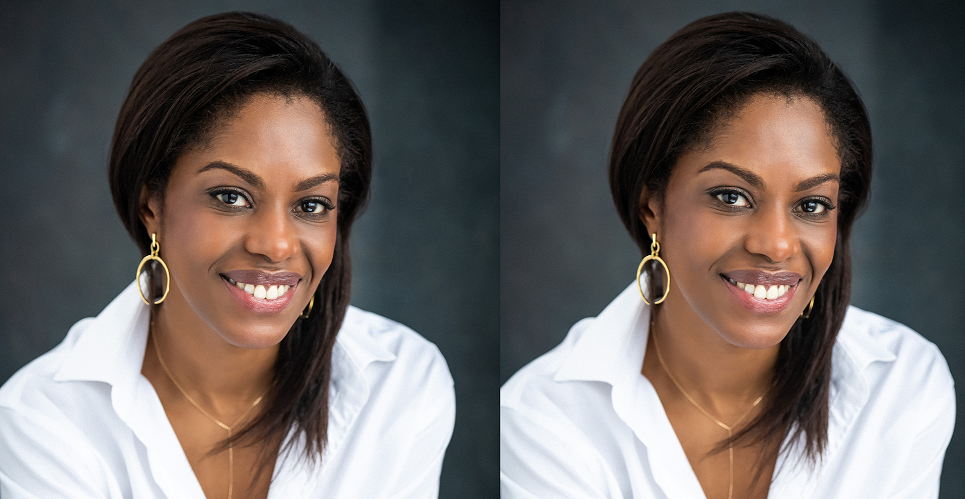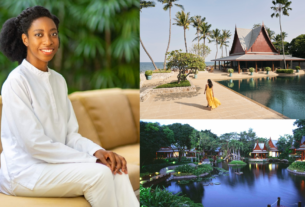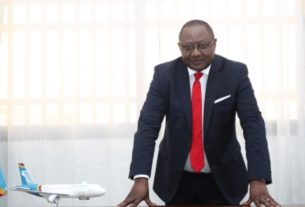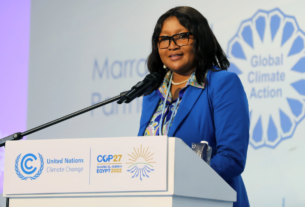Dana Endundo is the founder and director of Pavilion 54 and a business leader with over 15 years of experience in digital strategy and marketing for Fortune 100 companies as well as startups worldwide. Prior to founding Pavilion 54, Dana Endundo held executive positions in a variety of industries including Financial Services, Fintech and Marketing Technologies. She has worked for prestigious companies such as Citibank and Bank of NY Mellon.
Dana Endundo holds a Master’s degree in Economics from the Université Libre de Bruxelles and an MBA from Columbia Business School. She was the first Congolese to graduate from Columbia Business School. She has also taken several courses at Sotheby’s Institute of Art and MoMA. Dana Endundo has lived in 8 countries on four continents and speaks five languages.
Africanshapers: what is your academic and professional background?
Dana Endundo: After graduating in economics from the Université Libre de Bruxelles in Belgium, I started my career in financial services. First at Citibank in Kinshasa and then at the Bank of New York Mellon in Brussels. However, having always wanted an international career, I lived in Spain during my studies in 2003. I moved to Latin America in 2007, when I landed a job in Colombia and Panama for the medical services group Groupo Emi (now Falck), owned at the time by the Belgian-Congolese businessman Luc Gerard.
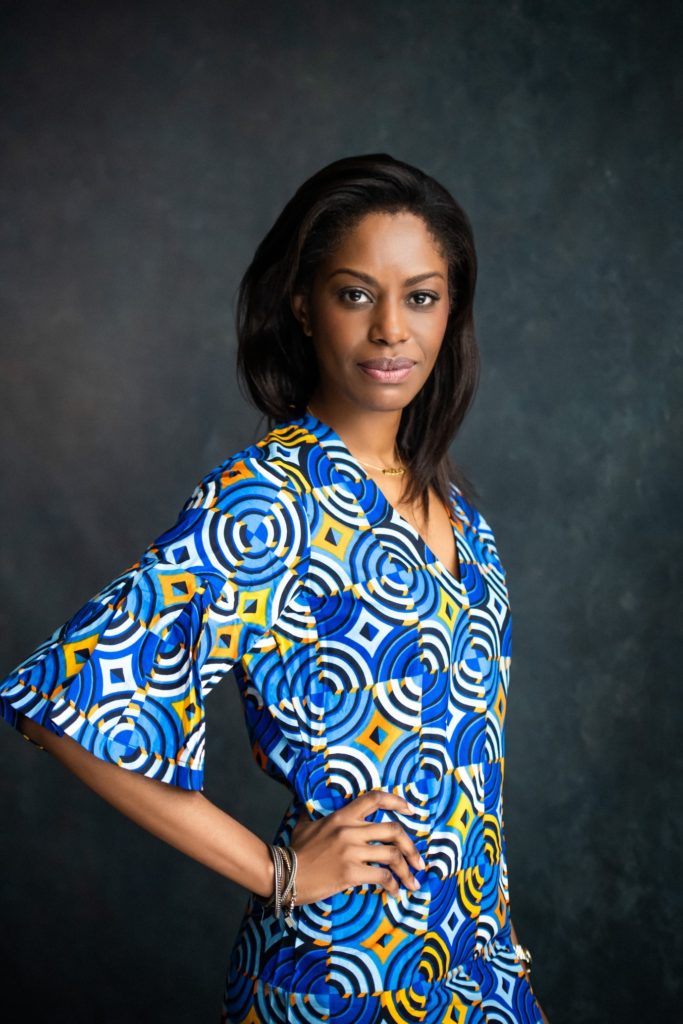
Never tired of learning more, I went back to school and obtained a Master in Business Administration (MBA) from Columbia University, USA, in 2012. I then specialized in digital strategies and digital marketing in positions of Vice President and Director, successively at Citibank New York and Startapp, an Israeli-American start-up specialized in mobile data and Adtech (Advertising technology). Finally, I moved to the UK in 2018, where I worked as a consultant for a US fintech with business aspirations in Africa.
What motivated you to launch “Pavilion54” and what are its goals?
When I moved to London, I had over 13 years of corporate experience, including in the banking and technology industry. I learned how the business world works in the digital age. But, at this point, I wanted to do something I was passionate about and where I could best use my skills and experiences.
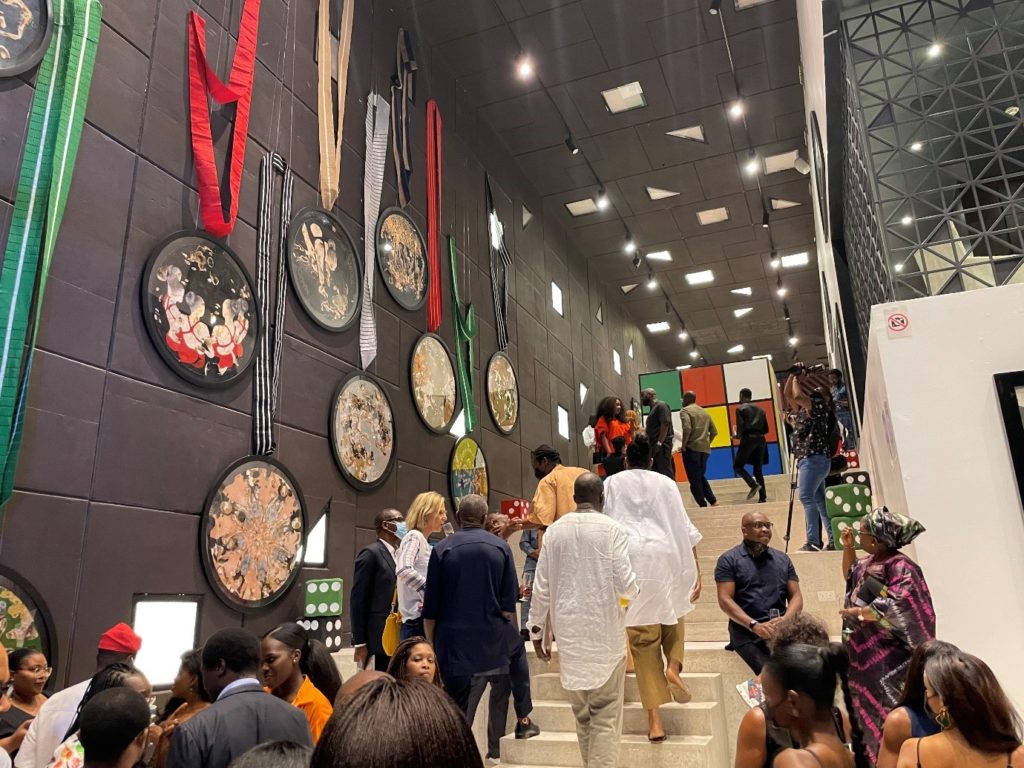
On the other hand, I developed a passion for art at an early age. Born in Kinshasa, Democratic Republic of Congo and raised between the DRC and Belgium, I was lucky enough to have parents who taught me the love of art and the importance of supporting artists and culture. As I grew up, I became more and more interested in it on a personal level and always wondered how to showcase the talent and creativity I had often witnessed, how to make the beauty of my cultural heritage visible to the world.
I realized that despite the growing popularity of contemporary African art on the world art scene in recent years, most people do not realize that high-end African art is prized in some international markets.

I saw an opportunity and I decided to build a platform that would benefit artists, collectors, enthusiasts and the industry alike. A centralized solution and a strong ecosystem that connects the different actors and facilitates the discovery, learning, acquisition and investment of art from Africa and the Diaspora, while facilitating the long-term development of the market.
What are the activities of Pavillon54 and what is its particularity and economic model?
Pavilion 54 is a unique digital platform and community around modern and contemporary art from Africa and its diaspora. We are making Africa a cornerstone of the global art market by increasing the exposure of artists, investing in education and expanding the collector base, by focusing on our 3 C’s: Commercial, Content & Community.
First, Commercial: with our online platform, which showcases the best of art from Africa and the Diaspora and allows collectors, artists and galleries from around the world to discover, buy or sell original art.
Secondly, there is a huge need to fill the information gap on African art and to give people enough tools and knowledge to feel comfortable when acquiring art. Therefore, our educational platform includes a well-researched blog and other resources to help users become more seasoned buyers or collectors.
Third, we organize events that help create a strong community where African cultures are shared and celebrated.
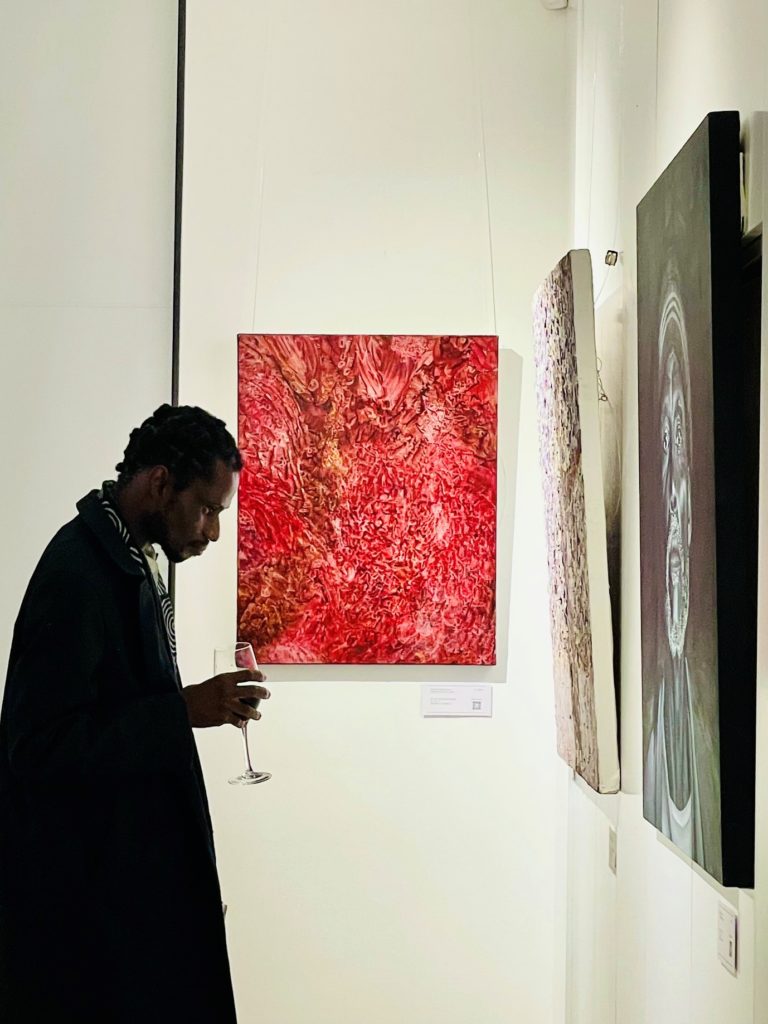
How many works by how many artists are currently for sale on Pavilion54?
Pavilion 54’s platform currently has more than 40 artists from several countries on the continent and the diaspora, which represents nearly 400 original works – paintings, photographs or sculptures. These numbers evolve every day as we regularly add new artists or new works.
What is the price range and who sets the prices?
Prices are set according to several parameters and general demand. These parameters include the medium, the size of the work, the celebrity of the artist, his prices abroad, his artistic career (exhibitions, prices obtained…) and so on. At Pavillon54, we do detailed research and discuss with artists, galleries or resellers before establishing a price that is as close as possible to the market.
But I can say that the majority of the works are in the price range of 1,000 to 10,000 dollars.
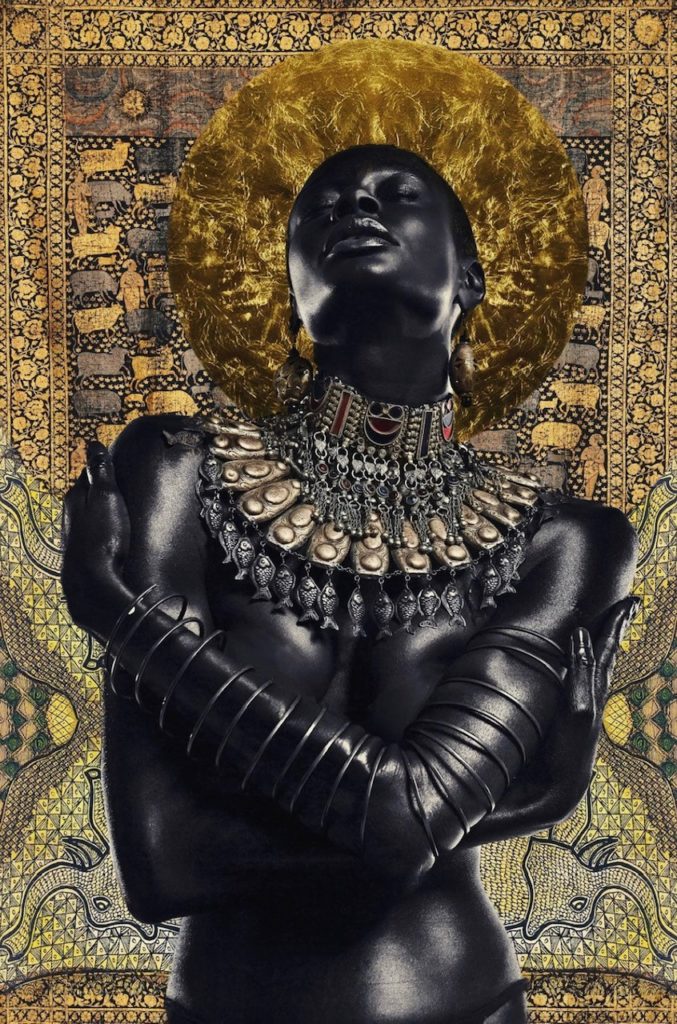
What are the selection criteria of the works sold on Pavillon54?
Mainly works by emerging and established artists. Artists who have already proven themselves to a certain extent on the local or international market. They already have certain achievements in terms of career, such as a formal representation in one or more galleries, exhibitions or awards to their credit and their career is in full growth. All the artists on the platform are pre-selected on the basis of these and other criteria by our team or that of the galleries we work with.
But, we will also soon dedicate a space on our platform to present and offer more visibility to young artists who do not have formal gallery representation or other exhibition opportunities, but show great talent and potential.
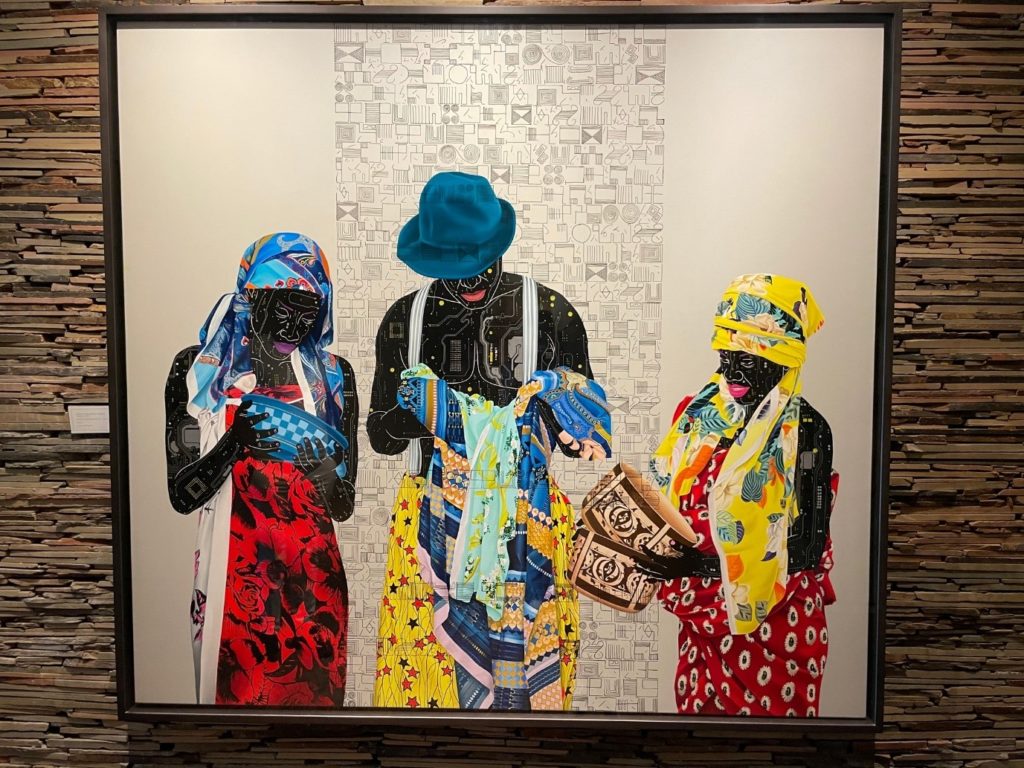
What are the issues and challenges related to selling art from African countries today?
The main challenges facing the sale of art in African countries, and in particular in the DRC, are often the lack of patronage and infrastructure. Apart from a few countries like South Africa or Egypt, there are very few art galleries, museums and institutions, or government support to promote or experiment art. The lack of infrastructure makes it difficult to access quality works of art or discover artists, which contributes to a weak growth of the base of local collectors needed to develop the market.
To this we can add the lack of information and education: there is little or no information about our arts, their history or context.
Nevertheless, things are changing little by little, thanks to several local initiatives. New galleries are springing up in capitals like Lagos, Accra, Abidjan, and even Kinshasa. Initiatives by artists or collectors are also developing all over the continent and in countries where the diaspora is strong.
However, these initiatives are still too often financed by private funds, often coming from passionate collectors. But they (the initiatives) are not yet numerous enough. More is needed, as well as more support from African governments.
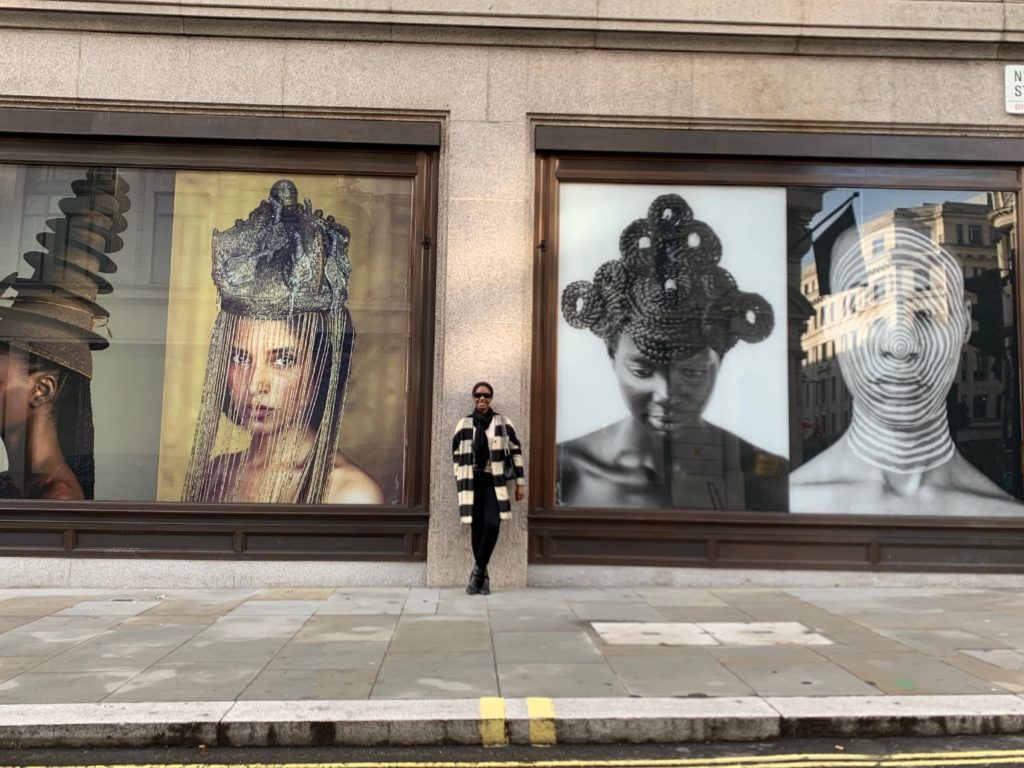
What evolution have you noticed in recent years in the sale of African art in general and Congolese art in particular?
The global art market is estimated at $50 billion and African art is one of the hottest areas in the art world today. The market opportunity is huge and growing rapidly.
The social and political realities of the continent have triggered a creative evolution among contemporary African artists, giving some the confidence to work and stay in Africa. Among them is the artist Saint-Etienne Yeanzi from Abidjan, originally from the Ivory Coast (available for sale on Pavillon54). The average value of his individual works has risen from about $8,000 to $60,000 in the secondary – or resell market – in his seven years as an artist.
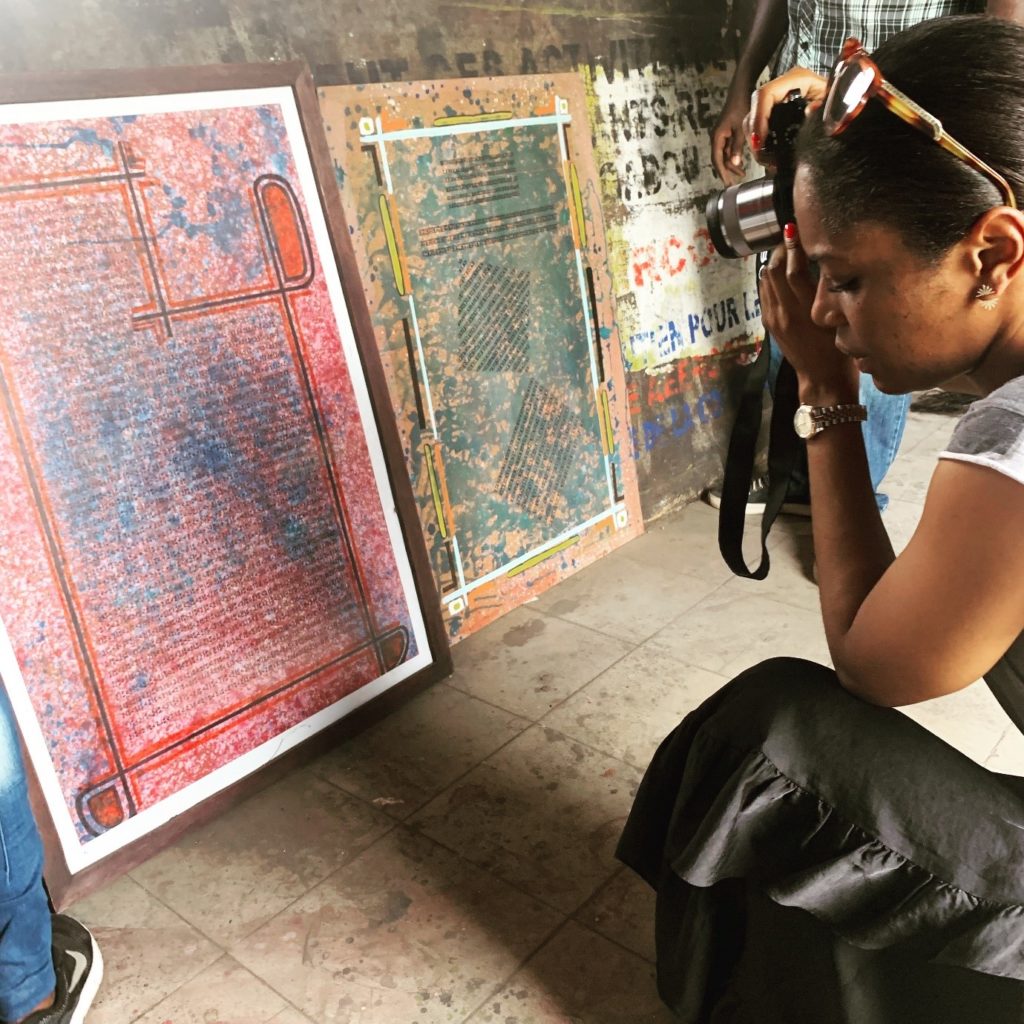
Closer to home, the prices of works by contemporary Congolese artists (or the value of Congolese artists) have been rising steadily since the major auction houses began offering them. This is the case not only for Chéri Samba, who remains the best-known Congolese artist internationally, and whose individual works have fetched as much as $140,000 at auction, but also for Eddy Ilunga Kamuanga, whose paintings have risen in price at auction from around £11,000 in 2017 to over £100,000 ($135,000) today.
As you can see, the market is growing rapidly and generating a lot of interest from experts and collectors. It is time for Africans to capitalize on this craze to change the image of the continent and leverage our creative industries to develop the economic potential of our nations.

On your platform, you believe that it is important to develop a local clientele for the African art market to be sustainable in the long term. How to develop this local clientele in Africa, in general, and in the DRC, in particular?
Indeed, I believe that to effectively change the discourse on “African” art and on Africa and the Diaspora in general, we must rally them to our cause, to our mission. I would like Africans and Afro-descendants around the world to appreciate their art, to be proud of their heritage and to start collecting. I hope that what happened to traditional African art (95% of African cultural heritage is held outside the continent) does not happen to contemporary art.
But it also makes sense from a financial point of view. Just a few figures: 5 of the 10 fastest growing economies are in Africa, according to the IMF. One in five of the world’s consumers will be living in Africa by the end of the next decade, and more and more of these people will be in the wealthy or middle class. There is a growing number of wealthy people and rapid urbanization. Researchers predict that the continent will be home to at least nine cities with populations of more than 10 million by 2050. Kinshasa is already one of these megacities, which could represent important financial and cultural hubs.
The increase in discretionary income will lead to an increased demand for high quality and niche goods. Therefore, I believe this market has enormous potential. Yet it has been pretty much untapped until now.
And here I am only talking about those on the continent. There are millions of Africans in the diaspora around the world who are educated, have good incomes, are proud of their heritage and are eager to participate in the cultural development of the continent and give it a better image. They may not be familiar with the art world, but with the right advice, information and price, they will begin to collect, or purchase works occasionally.
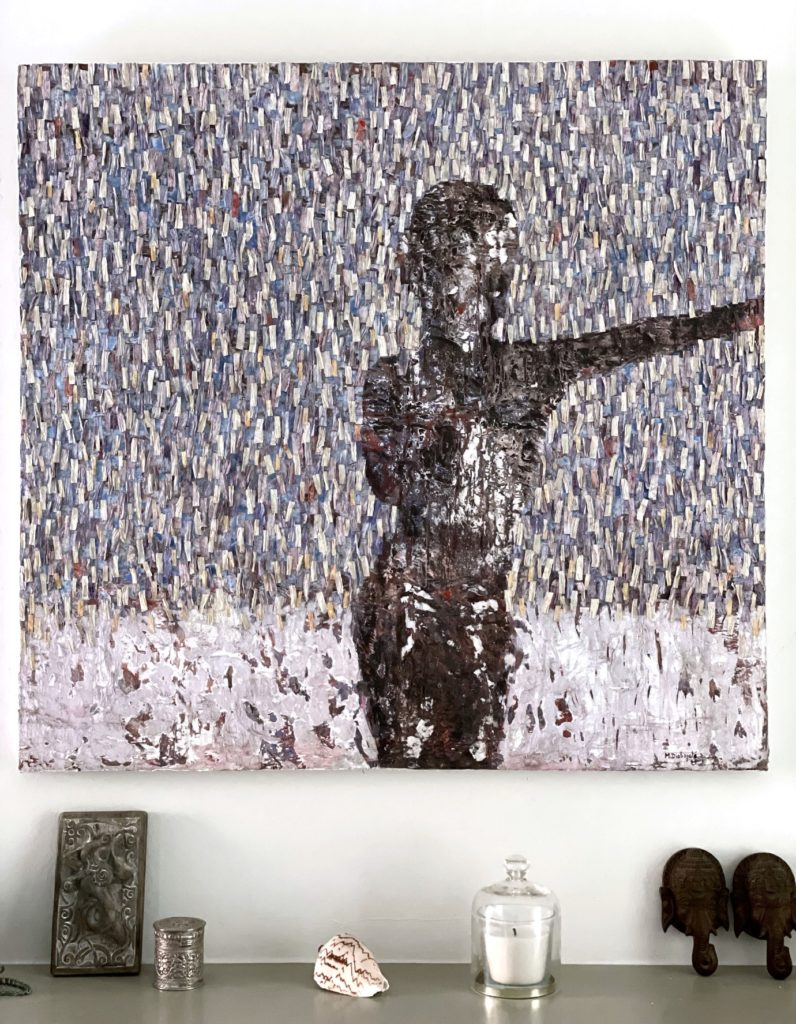
You are originally from the Democratic Republic of Congo, what is your connection with this country today?
I am very attached to my country. A large part of my family lives there and I try to spend as much time as possible there, usually several times a year. Each time I visit, I also take the opportunity to meet new artists, collectors, art lovers, etc.
What place does the DRC hold or can it hold in the African art market?
The DRC is still under-represented on the African and international art scene. But, at the same time as the appetite for art from Africa and the Diaspora is growing worldwide, new creative poles are developing on the continent. And even though we usually talk about South Africa, Ghana, Morocco, Nigeria or Senegal, the Congolese art scene is slowly gaining popularity and the DRC is considered by some – including me – as the favorite candidate to be the next big hub for art on the continent.
The Congolese are extremely creative. We always have been. If we could replicate in contemporary art the success and recognition we have developed in music, nothing would stop us.
Despite the bad reputation that Congo sometimes suffers abroad, many artists, patrons and collectors or citizens, businessmen and even some leaders are trying to give the country a new identity and the international art scene is watching and recognizing its potential.
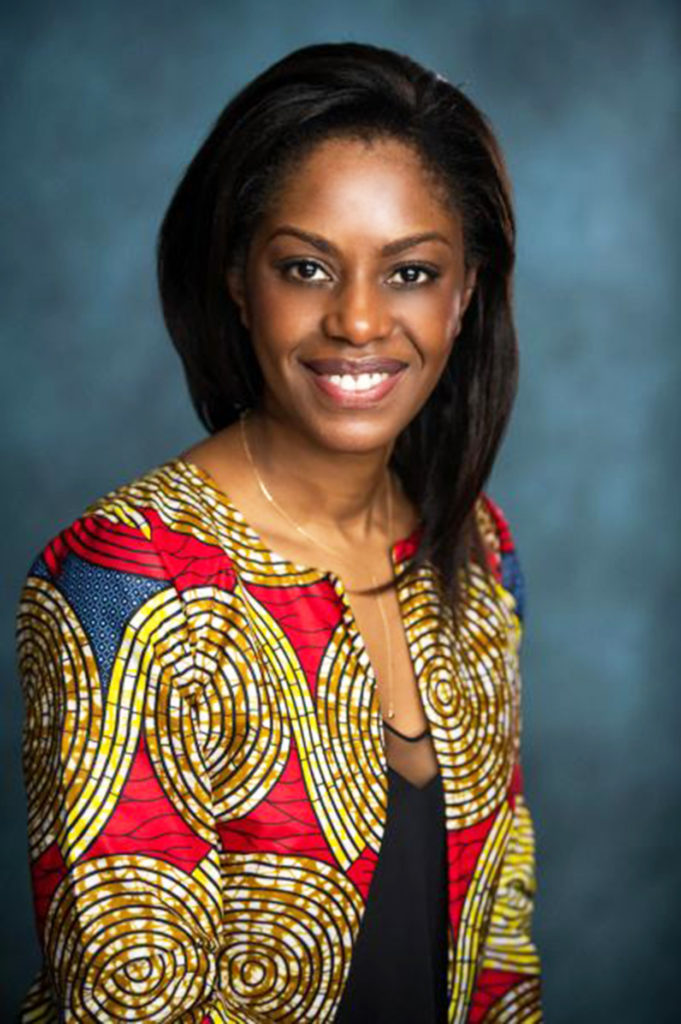
You have lived in several countries around the world. How did you capitalize on this international experience in the creation of Pavillon54?
In creating Pavillon54, I am responding to a need that I have encountered myself. I am part of this diaspora that would like to see its country and its continent develop economically and culturally. I understand the challenges and opportunities. At the same time, I have always kept enough ties with my country to understand the local realities and needs. I try to bring solutions that I have seen work in other parts of the world yet adapt them to the field. I capitalize on the network I have created over the years to make the platform evolve as best as possible.
What is Dana Endundo’s typical day?
My days are rarely the same! Being an entrepreneur means having to wear several hats and deal with countless decisions every day. Each day can be a mix of day-to-day business activities, meeting with potential partners, visiting museum and galleries, travelling to discover new artists and galleries, attending events, etc. And this is all exciting to me. I get bored quickly and I need constant change, variety and learning, so this lifestyle fits me.
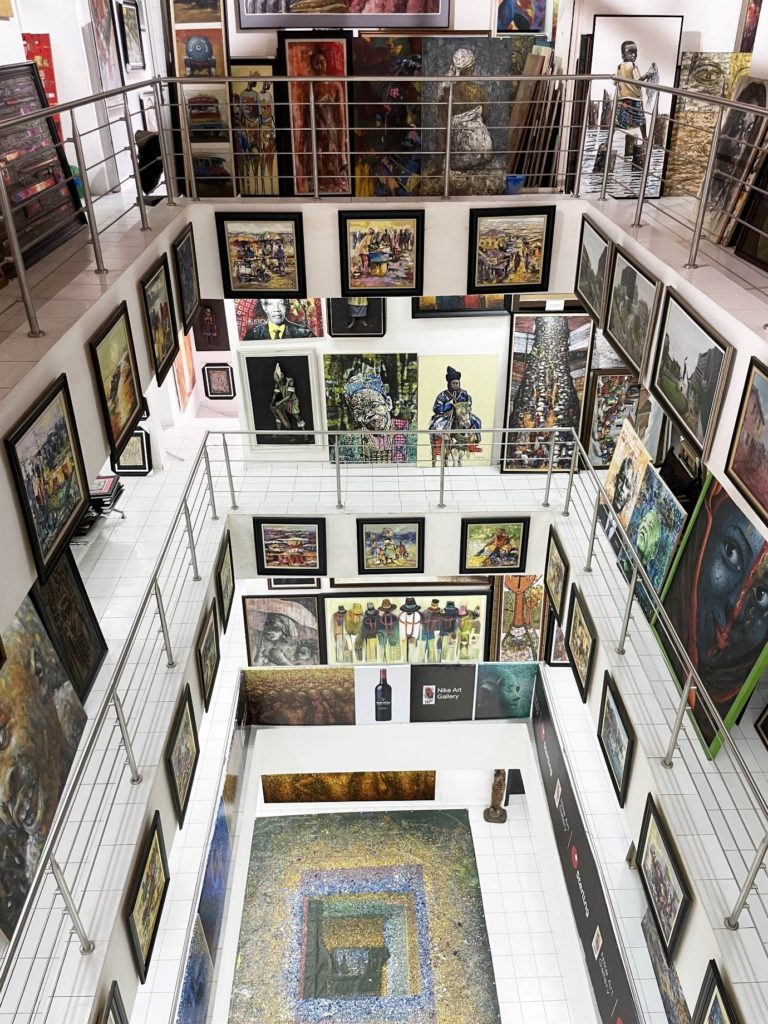
What are your plans for Pavilion54?
To make it the world reference when it comes to contemporary and modern art from Africa and the diaspora.
Additional informations
Favorite book?
The Alchemist, by Paulo Coelho
If you had had another job?
Actress
If you were a character in history?
Bessie Coleman (First black woman in the world to be able to fly and the first person of African-American and Native American descent to hold a pilot’s license, which she obtained in 1921. Editor’s note).
Hobbies?
Travelling and discovering new landscapes and cultures – fashion and lifestyle – modern and contemporary art – amateur photography – gastronomy and TV cooking shows.
